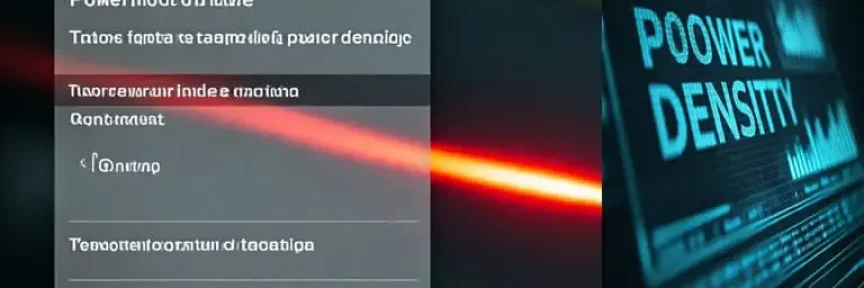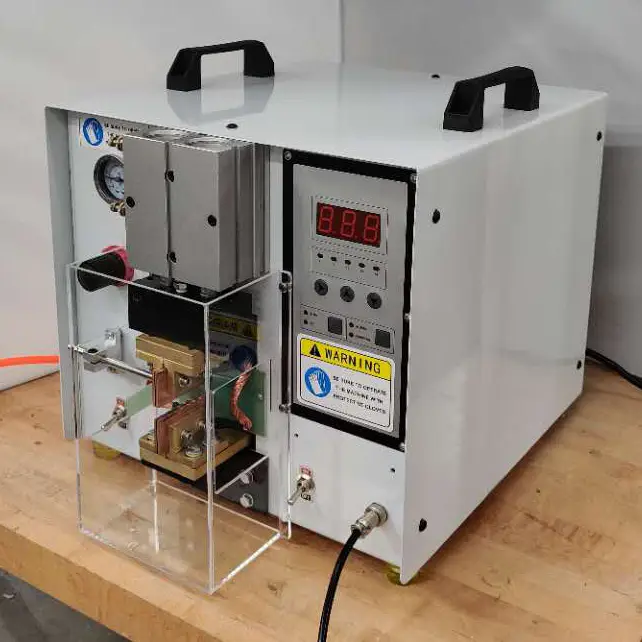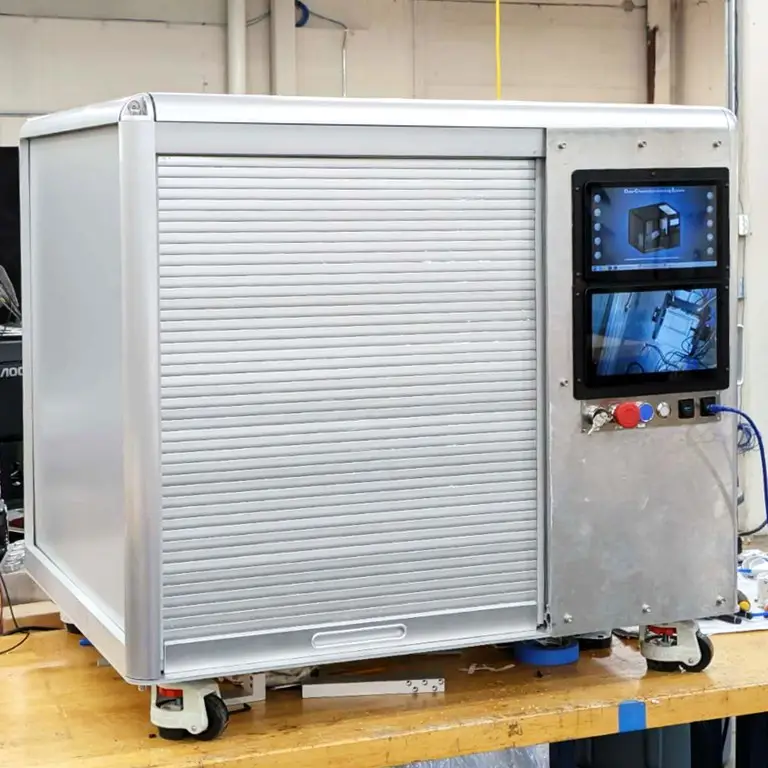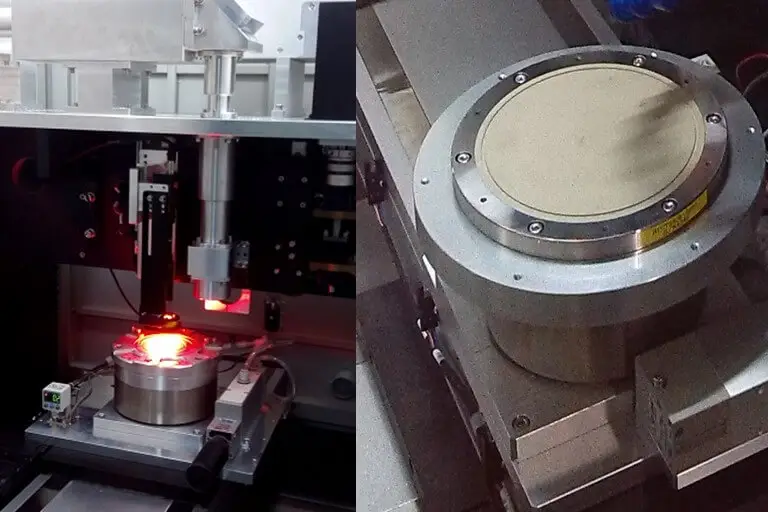I'm selecting a pulsed laser for material processing applications. What are the most critical parameters I need to understand to ensure optimal processing performance?
Understanding pulsed laser parameters is essential for achieving desired material processing results. The key specifications include pulse width, repetition rate, peak power, pulse energy, average power, and beam quality. Each parameter significantly influences processing efficiency, quality, and application suitability.
Let's start with pulse width. How does this parameter affect material processing, and what are the typical ranges for different applications?
Pulse Width: Temporal Precision Control
Pulse width determines the duration of laser energy delivery to the material, directly affecting heat diffusion and processing precision. Nanosecond pulses (1-500 ns) suit most marking and coarse processing tasks, while picosecond pulses (1-500 ps) enable precise ablation with minimal heat effect. Furthermore, femtosecond pulses (10-500 fs) achieve cold processing with virtually no heat-affected zone. Consequently, shorter pulses provide higher precision but typically require more sophisticated laser systems and higher costs. How do repetition rate and pulse energy interact, and what's their impact on processing throughput and quality?
Repetition Rate and Pulse Energy Dynamics
Repetition rate (1-1000 kHz typically) controls how frequently pulses are delivered, while pulse energy (microjoules to millijoules) determines the energy per pulse. Higher repetition rates increase processing speed but may reduce pulse energy at constant average power. Optimal balance depends on material properties and desired processing quality. For instance, high repetition rates with moderate pulse energy work well for surface cleaning, while low repetition rates with high pulse energy suit deep engraving and drilling applications. What's the significance of peak power, and how does it relate to other laser parameters?
Peak Power: Instantaneous Processing Capability
Peak power represents the maximum instantaneous power during a pulse, calculated as pulse energy divided by pulse width. This parameter crucially determines whether material removal occurs through melting or direct vaporization. Higher peak power enables cleaner processing with reduced heat-affected zones. For example, ultrafast lasers achieve megawatt to gigawatt peak powers, facilitating precise material ablation without thermal damage to surrounding areas. How do average power and beam quality affect overall processing performance and application suitability?
Average Power and Beam Quality Considerations
Average power determines overall processing throughput and is calculated as pulse energy multiplied by repetition rate. Meanwhile, beam quality (M² factor) affects focusability and energy density distribution. High average power enables faster processing speeds, while excellent beam quality ensures precise feature definition and minimal heat-affected zones. Consequently, applications requiring fine details benefit from high beam quality, whereas high-volume processing prioritizes average power. What practical guidance can you provide for selecting the right combination of parameters for specific material processing tasks?
Parameter Selection Strategy
Optimal parameter selection follows a systematic approach. First, identify material properties and processing requirements. For heat-sensitive materials, prioritize short pulse widths and high peak powers. For high-throughput applications, focus on average power and repetition rate. Additionally, consider pulse energy requirements based on material ablation thresholds. Finally, validate selections through practical testing, as theoretical calculations may require adjustment for specific applications and environmental conditions. Are there any emerging trends or advanced considerations in pulsed laser parameter optimization we should be aware of?




